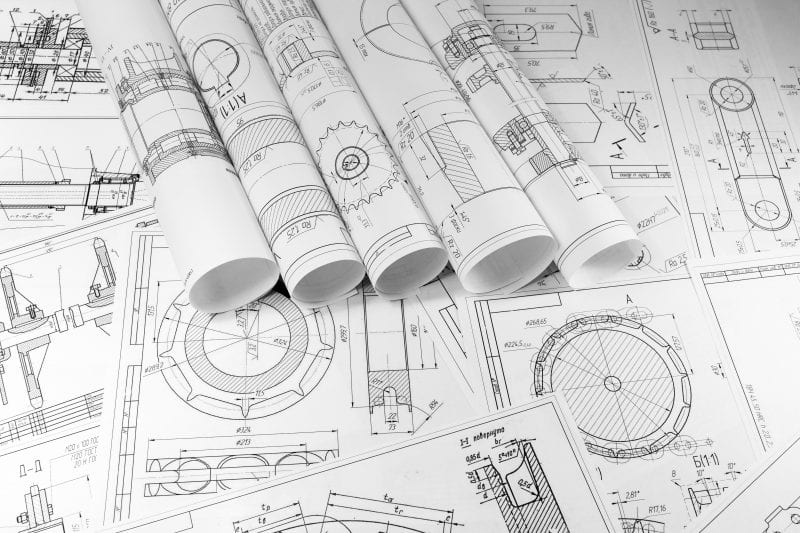
Consulting Playbook: Creating a Global Manufacturing Engineering Function in a Decentralized Environment
The Consulting Playbook, Edition #10
Profitability and profit margins in 2016 for most manufacturers pose a plethora of risks and their effective management, is critical. From navigating compliance, minimizing overheads, to skilled labor and market share expansion, the sector sees its share of pressure.
A major Manufacturer was operating through a dozen of separate plants spread across a few countries. Until the commencement of the project, the plants, as a result of successive acquisitions and integrations had been managed individually with incomplete cohesion on an executive level.
None of the systems were the same, leading to major production issues, the teams were using different terms equivalent activities or even worse, the same terms to define different activities. Each single attempt to change anything was facing the same push back: we don’t do it like this here. Equipment was different, processes were different, very often influenced by the geographical location of the manufacturing units. New projects were requiring the participation of representatives from all plants, even in early phases, and the decision making was a headache.
What was at stake?
Considering the challenges and the stakes the Head of Operations asked the consultant to focus his effort on three priorities:
- Ensure a successful integration of all plants
- Boost the overall manufacturing performance
- Increase the efficiency and implement strengthening of collaboration
The goal was to optimize all plants’ resources and homogenize the Manufacturing Engineering processes to smoothly create one community. The project leader proposed a plan creating a central core with regional extensions to all separate plants. The Consultant was asked to assist with setting up the new entity.
What was the consultant’s approach?
They undertook efforts to build an alignment between all the stakeholders towards the new model of setting up a single entity. The new Manufacturing Engineering Head worked in close cooperation with Plant manager to come up with a common operating model. New personnel and management needs and tasks were addressed.
The Main Steps Taken Included:
- Establishing shared definitions of all Manufacturing Engineering functions key processes.
- Identify the savings potential by moving to the new model (case for change)
- Define the core body and plants’ extensions duties
- Determine resource’s drivers and appropriate sizing
- Develop a transfer plan for all manufacturing engineering teams to ensure full resource utilization within the support of HR department.
- Design and monitor the full transition process with introduction of efficient follow-up tools
- Implement a 3-month follow-up of the transfer plan
What were the benefits for the client?
The newly established Manufacturing Engineering entity successfully took off, and managed to increase efficiency by reducing 20% of resources’ use. The model with a small core and decentralized entities allowed for a smooth connection between the teams and the next major project moved smoothly, on time, costs and performance from design to manufacturing. The following ramp-up and collaboration across sites was greatly facilitated by the newly defined vocabulary and process referential, reducing the cost of non-quality by double digits.
Additional Information
Biggest Issues for US Manufacturing Today
Manufacturing in 2016 faced some interesting challenges. Shaky financial markets and unsteady growth kept majority of manufactures with unsatisfying results and low profitability among other issues. Even though American market appears attractive to foreign capital, manufacturing in a number of sectors lags behind international companies. US companies in the past few years have not efficiently utilized latest technologies and implemented latest data analytics into the production processes, or in their strategic management.
With that said, let’s have a brief look at some of the biggest issues manufacturing is facing today on a global scale:
Five Essential Challenges to Address:
- Late Innovation
In a global market, companies need to constantly implement new technology and innovation, to stay competitive. It might come as a surprise but according to many experts and research done, US manufacturing is lagging behind some international companies in technology and innovation. And that plays an instrumental role in driving prices down, as well as enhancing the overall customer experience.
Special emphasis in this area goes toward IT security, unauthorized access to company’s data, is a serious risk to any company. Another crucial point is protection of intellectual property, mainly from sources outside of the US.
- New Products Development to Boost Revenue and Profitability
While you can win customers on price alone, it’s a very different picture to win on providing a brand new customer experience from start to finish. The task before modern Manufacturers now is to offer new and diversified products customized to the consumers’ needs, and to do faster than competition. Non-American companies in the last few years, are proving to be more innovative, and able to provide better and more satisfying customer relationship.
- Need for International Expansion
With the strength of the U.S. dollar, American companies now have the opportunity to expand their reach and successfully enter international markets. Strong dollar, and cheaper commodities might be a solid incentive, but there are challenges too – international taxation, culture difference and state regulations. The relative strength of the U.S. economy also attracts foreign companies wanting to get into the US market, creating even more competition.
- Process Improvement and Margin Management
Thriving U.S. companies today succeed in part because they continually establish higher benchmarks to force improvements; new ideas and innovative concepts are implemented, and when precise metrics are introduced, profitability and return on investment can be accurately measured. These companies also report larger increases in productivity, driven by process improvements, improved labor and equipment utilization as well. In volatile economic conditions, strong margin management is becoming increasingly important.
- Skilled Workforce Needs
The shortage of well-qualified workers continues to be an issue that tampers companies’ growth. Sufficient and attractive education and training programs must be developed, promoted and implemented to sustain younger workforce. More manufacturers today have an international approach and look for skilled workers globally.
For Further Reading:
– 2016 Global Mobility Trends for the Manufacturing and Engineering Industry
– Industrial Manufacturing Trends
– 2016 Industry Outlooks
– The next era of global growth and innovation
About The Consulting Playbook
The Consulting Playbook is a collection of posts designed to offer insights into how businesses and their executives can utilize consulting as a strategic lever to boost performance. Each Consulting Playbook post is broken down into a few elements: Case Study, Additional Information regarding the technical application, and Additional Links related to the topic.
Hélène Laffitte is the CEO of Consulting Quest, a Global Performance-Driven Consulting Platform and author of “Smart Consulting Sourcing”, a step by step guide to getting the best ROI from your consulting. With a blend of experience in Procurement and Consulting, Hélène is passionate about helping Companies create more value through Consulting.




